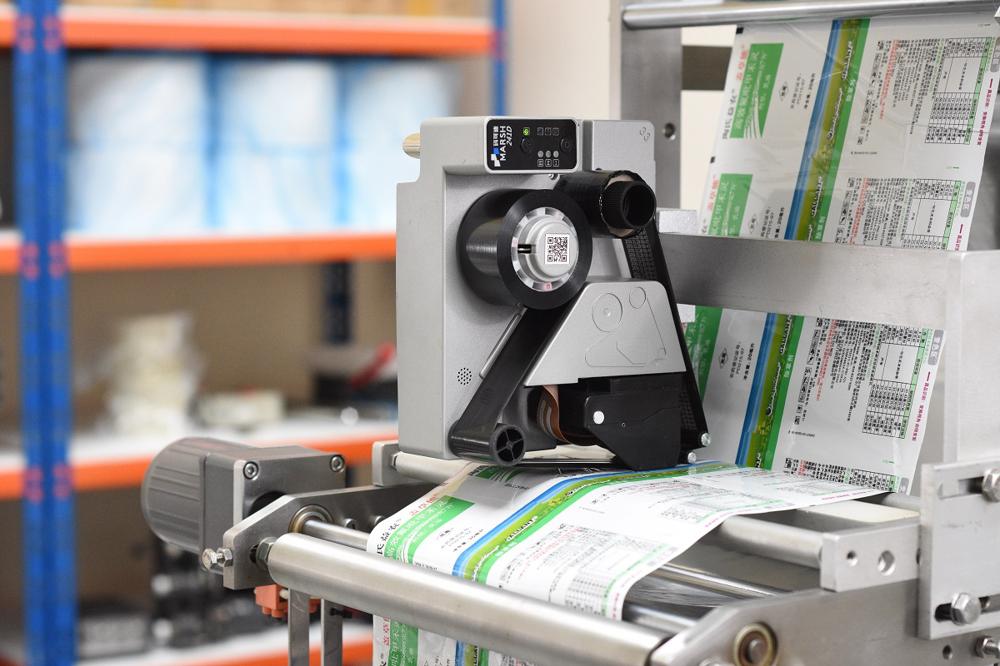Many articles on improving food traceability are available online as technology providers introduce new systems and processes. Blockchain technology is one of the well-known systems to track products through the entire supply chain. However, most small and medium-sized enterprises do not require such an expensive and sophisticated system. The budget-friendly, simple production date printed on the packaging by law also enables product traceability.
Date codes are a legal requirement
Article 42 of the Food Safety Law stipulates that food production operators shall establish food safety traceability systems under the provisions of this law. The State encourages food producers to adopt technology that collects and retains information on production and operation to establish a food safety traceability system.
![]()
The first step in developing a systematic food traceability system is to ensure the production date of a packaged product is precise on the packaging and in the record. Because other relevant information like the origin of ingredients and packaging, which operators ran the machine, etc., will be recorded under the production date in the traceability system. If the production date on the packet/record is wrong, it will trace the wrong operator or the incorrect batch of ingredients – the product loses its traceability.
Human error can result in illegal coding errors
Many factories still use traditional hot stamp coders to print date codes, which require operators to manually insert print characters and blocks before printing, allowing human error. For example, an operator remembers the wrong date and inserts the print characters according to that assumption or forgets to change the month code at the beginning of a new month, punching the incorrect production date onto the packaging and losing product traceability.
![]()
Nevertheless, industrial thermal transfer printers are too expensive, so for economic reasons, traditional mechanical hot stamp coders remain the most common method to punch dates onto bags or labels regardless of the inconvenience and risk of human error when operating them.
Digital hot stamp coders are a cost-effective solution

Digital hot stamp coding is now a cost-effective alternative – Marsh 241D digital hot stamp coder is now available for as little as $995 (excl. tax), and each print costs the same as a traditional hot stamp. In addition, the M241D digital coder does not rely upon the operator: it updates dates automatically, printing the correct real-time production dates based on the real-time clock within the digital hot stamp coder, hence, eliminating human error. In other words, the M241D digital coder removes the risk of human error like industrial thermal printers, but at an affordable price.